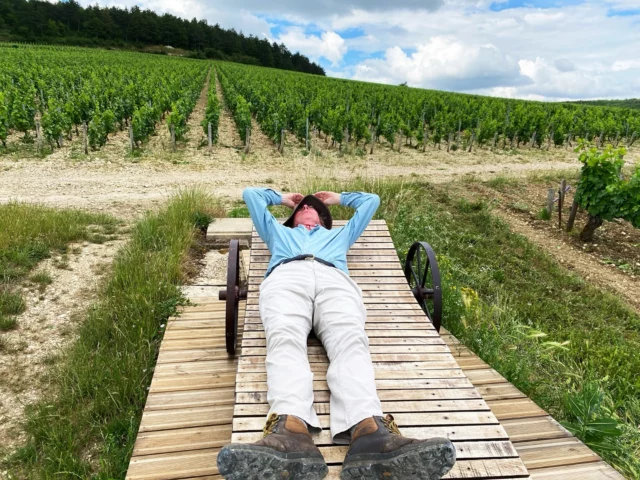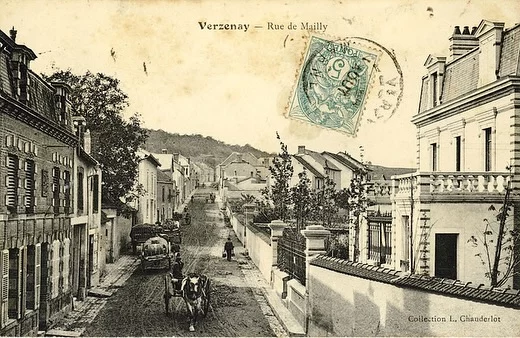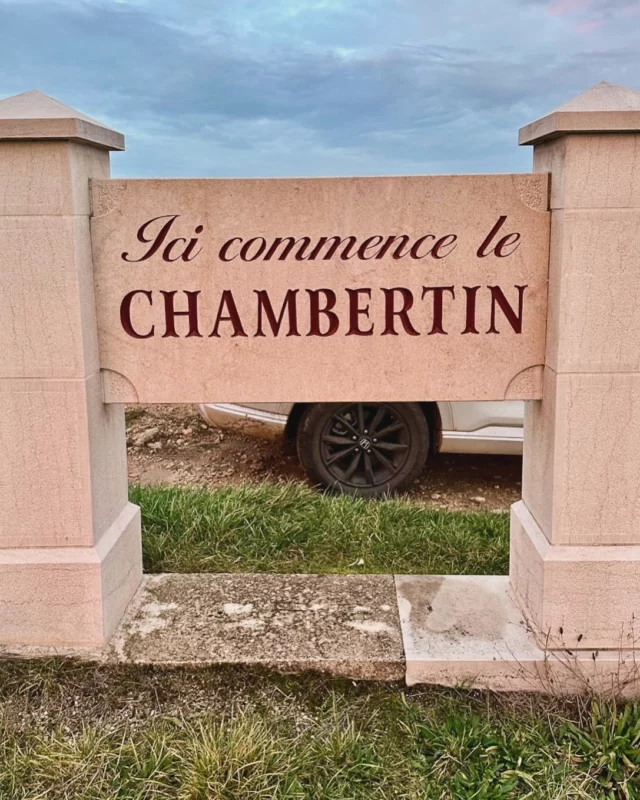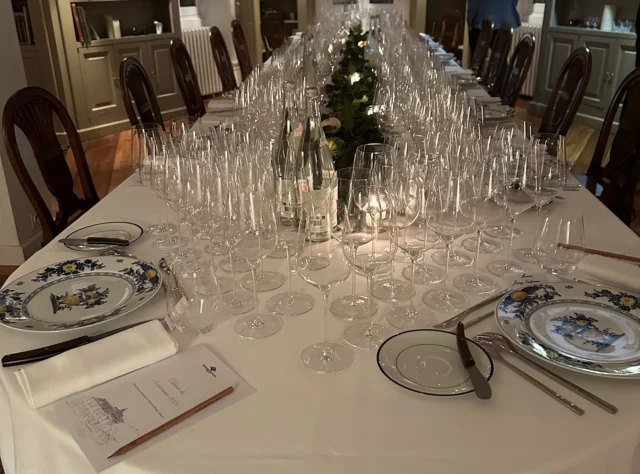1996 Vintage Overview
Updated Sep 2022
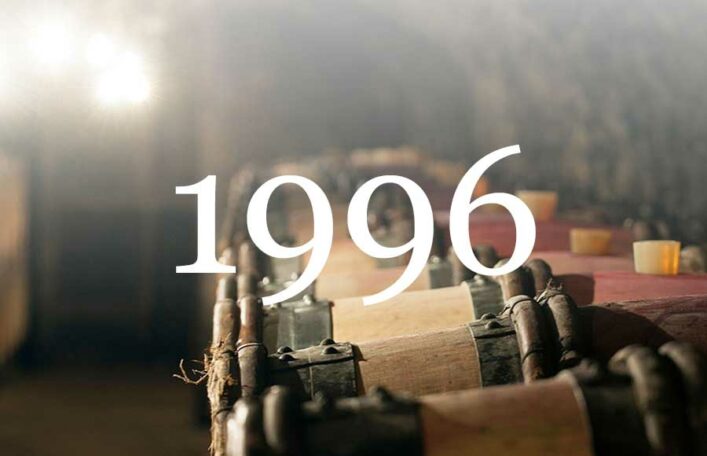
The weather
Palm Sunday was bright, clear, cool and dry, with a north wind. May was wet, though frosts were avoided; June began with a burst of really hot, sunny weather which brought on the flowering early, evenly and quickly, enabling a large crop to set. July was average; August rather wet although there were variations, with some localities suffering stress from lack of water over the summer. However, in general the August rainfall was to reappear in the form of more juice than expected when the grapes were picked and crushed.
September is the crucial month for quality, and now the Palm Sunday adage came into its own with three weeks of a north wind, which meant almost no rainfall and sunny days with cooler than usual temperatures. The sun ripened the sugars but the lack of heat kept acid levels high. The grapes were uniformly healthy – and there were plenty of them. In late November I picked some bunches of grapes from a vineyard that a greedy grower had not bothered to harvest (having doubtless already exceeded permitted yields) and they were still in excellent condition, without a hint of rot.
First impressions
The success of the vintage revolved around what would happen to the extremely high acidity levels in the grapes at harvest. Fortunately, a high proportion of this acidity was not tartaric but malic, which is softened to lactic acid by the malolactic fermentation. So juice which seemed unbearably tart on first tasting turned into wine with no more than a refreshing touch of acidity. This was not without a struggle, because the malolactic fermentation was late to start and long to complete.
The white wines looked very pure with excellent fruit, good body and the ability to age well. They were less fat than the 1995s, but mostly of equivalent quality. In Chablis, 1996 looked to be unquestionably the top vintage of recent times, ahead of 1995 and even 1990. In general, the trio of 1995-1996-1997 for white burgundy surpassed 1988-1989-1990.
The red wines equally benefited from a vintage without rot. 1996 was a large crop, normally a danger signal for Pinot Noir– but few wines from the top producers showed any sign of dilution. Some appeared more concentrated than the equivalent 1995s, when yields were very low. I did not find a uniform picture as to which vintage was to be preferred – every cellar needing to be judged individually.
The wines in bottle
Far too many white wines started to oxidise early on, the start of the more widespread phenomenon of premature oxidation. In this case, however, there may also have been a vintage-specific reason: because of the exceptionally high acidity and the reluctance of the malolactic fermentation to take place, many producers left their wines unsulphured and in relatively warm temperatures, which may have encouraged oxidation. Certainly the acidity and the fruit never seemed to marry, giving the impression that the fruit could oxidise without benefit of protective acidity. However, in the last five years the failure rate has been less steep than before – is it possible that some wines are coming back from the (apparently) dead?
The reds have stayed dumb, retaining both their fruit and their acidity. Village wines are now approachable, but the top wines are still in their shells. Experience with other high-acid vintages such as 1957 or 1972 – and 1996 has much riper fruit than either of those – suggests that in the long term there will be some marvellous bottles. A typical 1996 today shows some evolution in both colour and bouquet at first, enough to be worrying when the bottle is opened, but the colour usually freshens and deepens quite rapidly and the light aromatics of oxidation blow off to reveal a wine of considerable promise. I am in no hurry with my remaining bottles.
